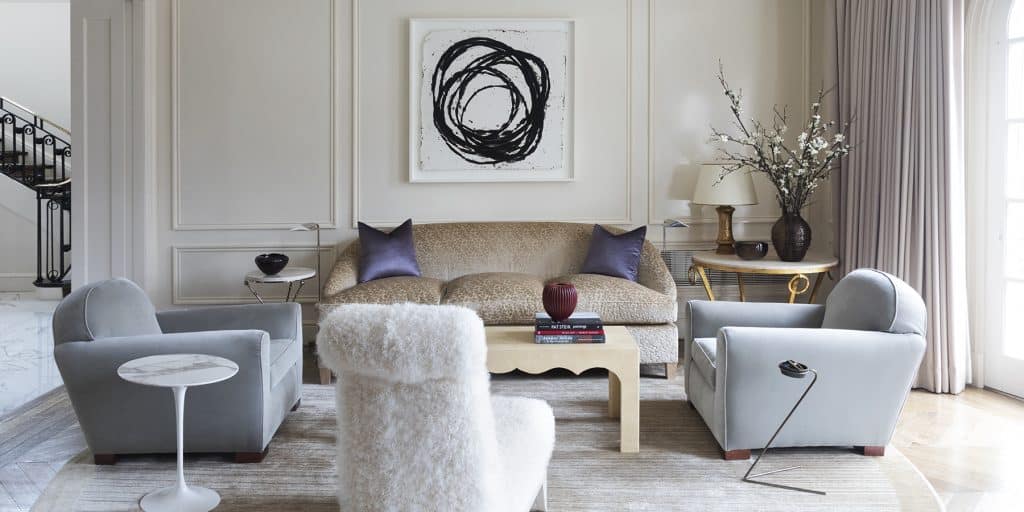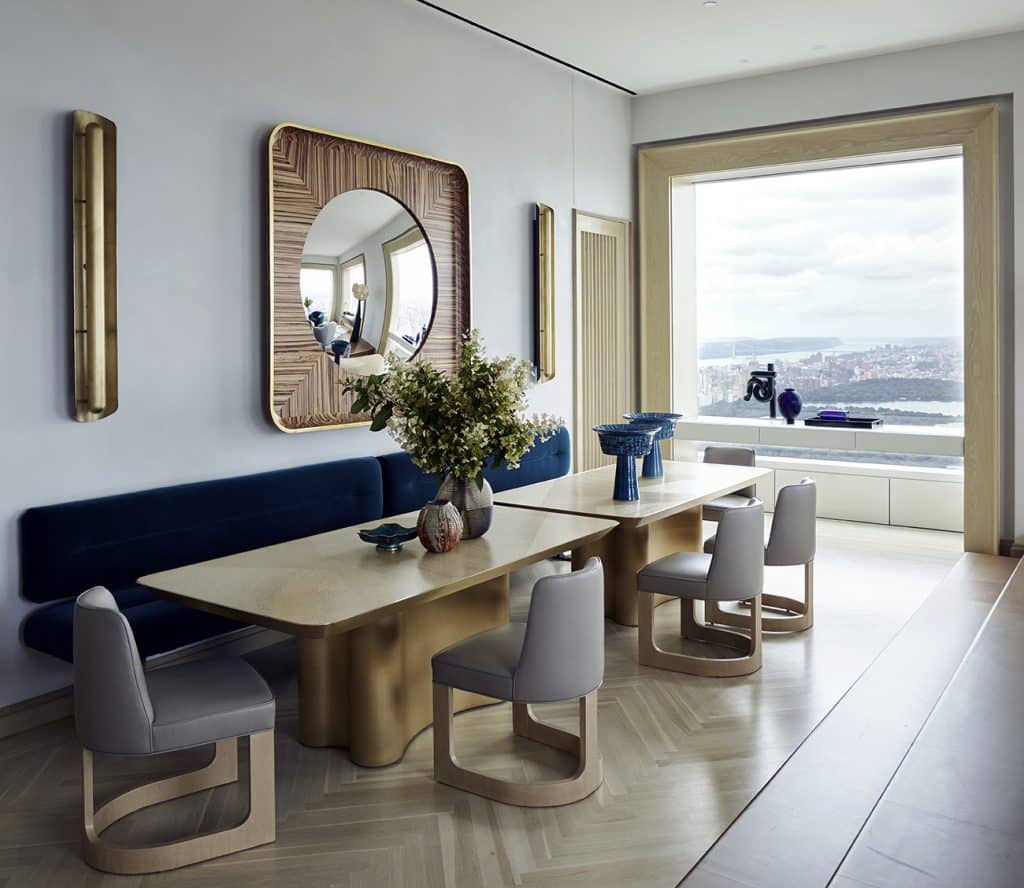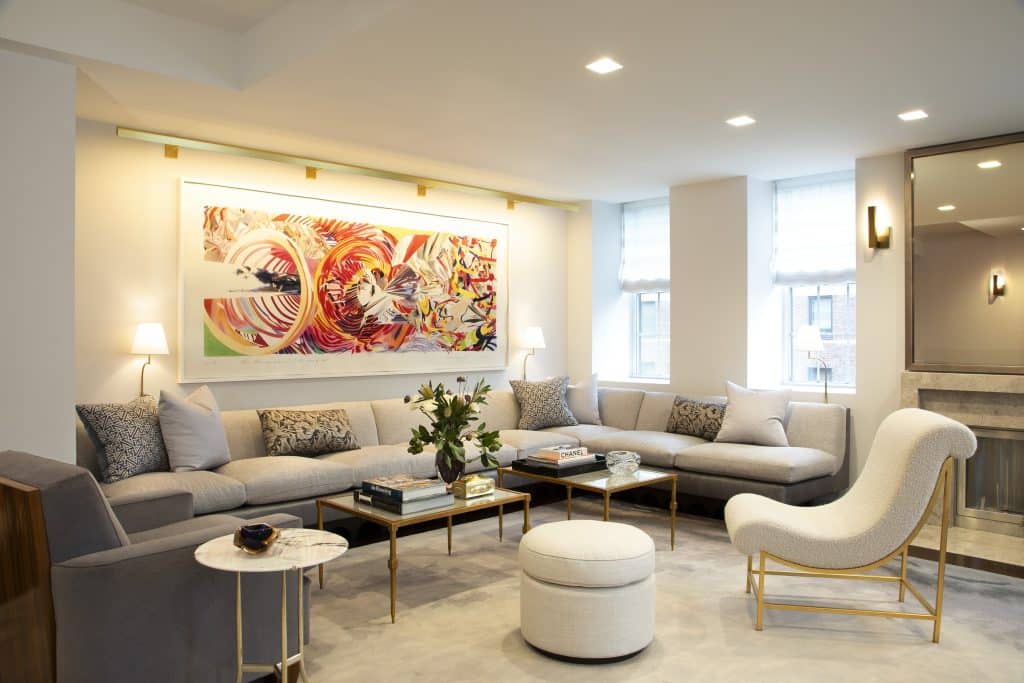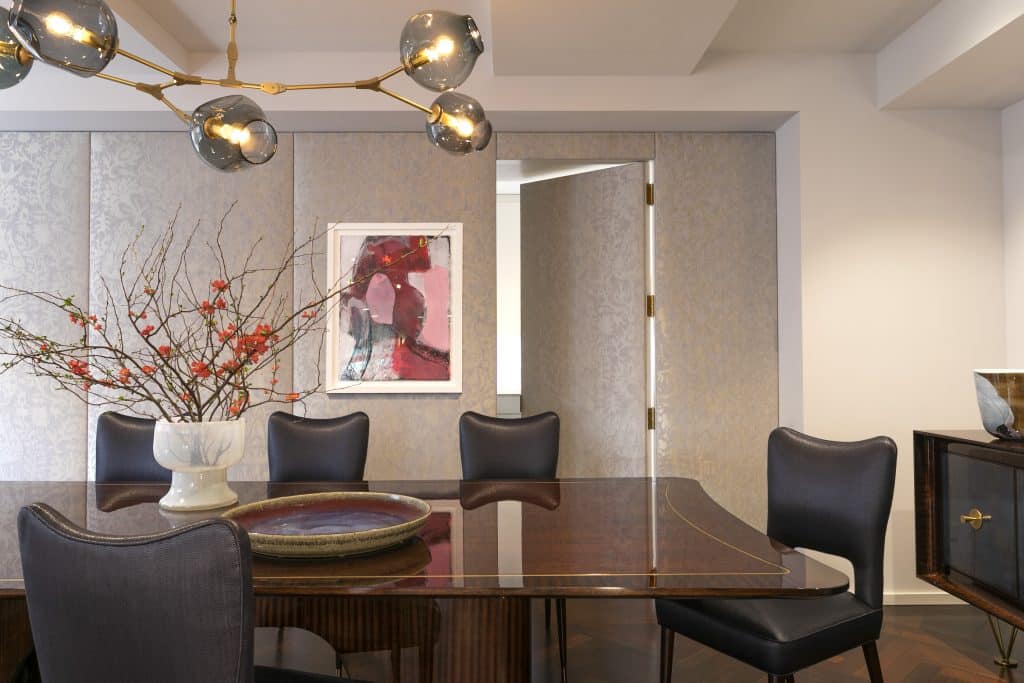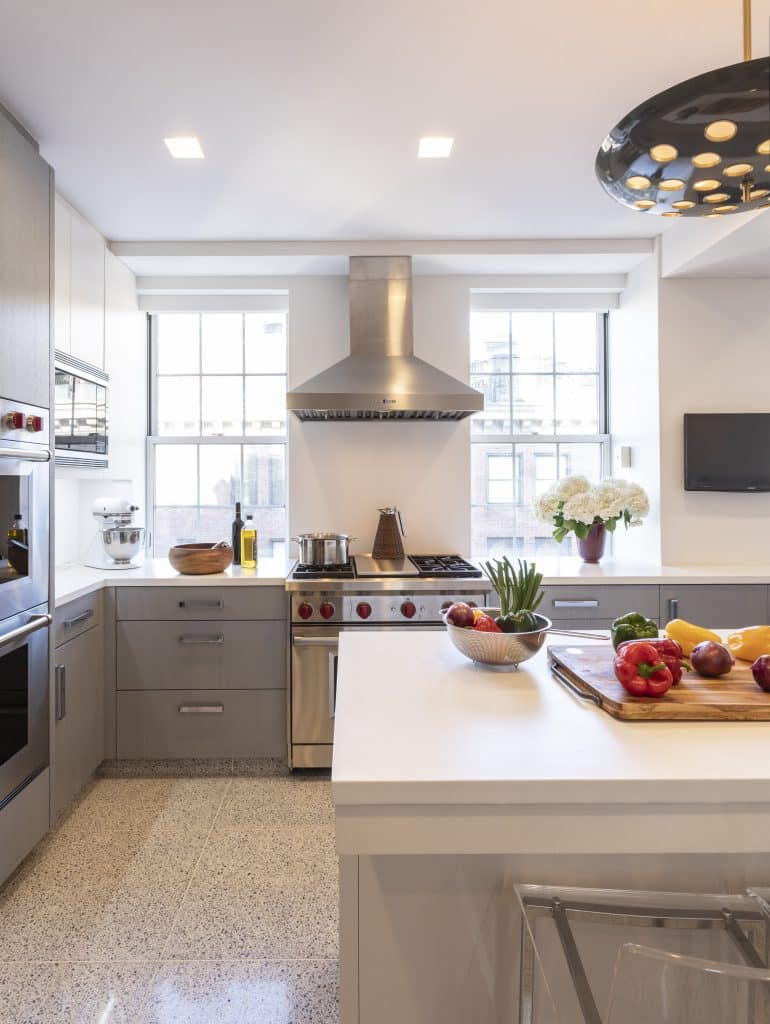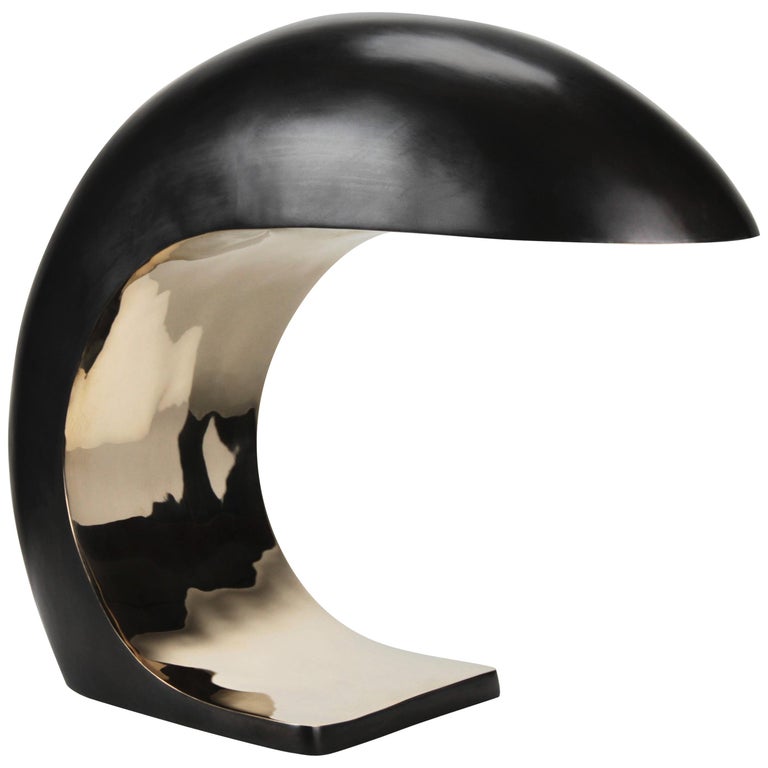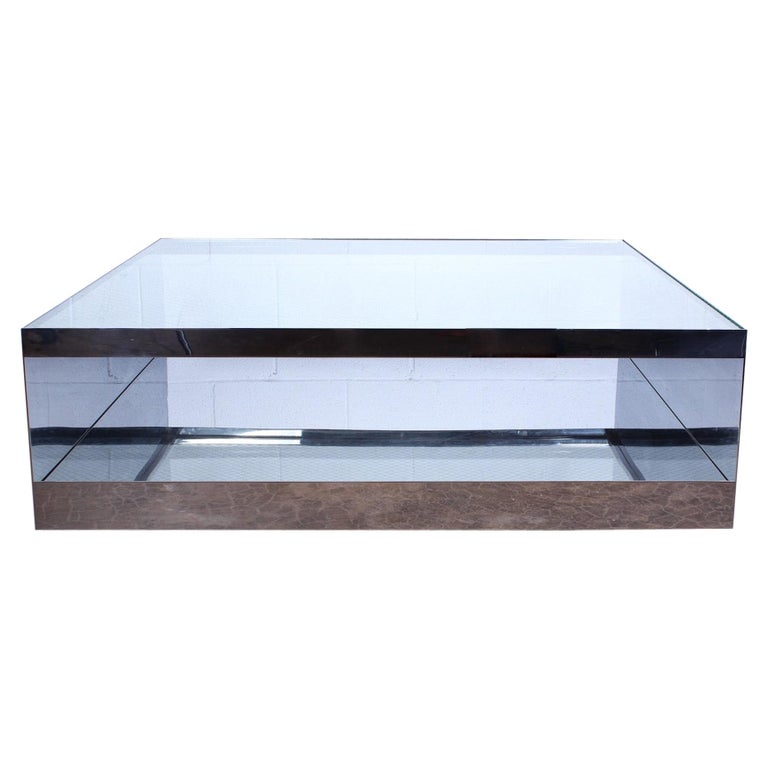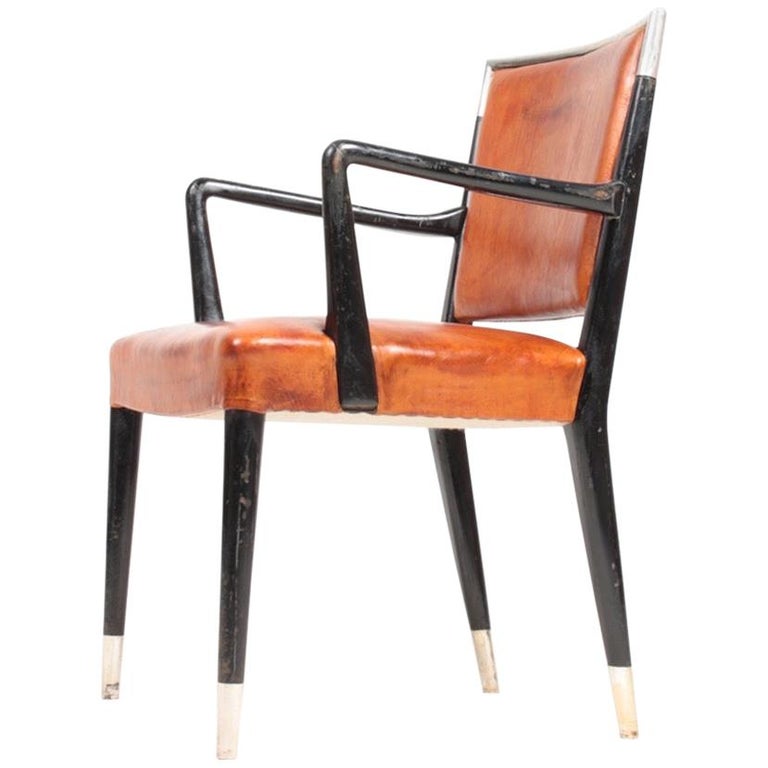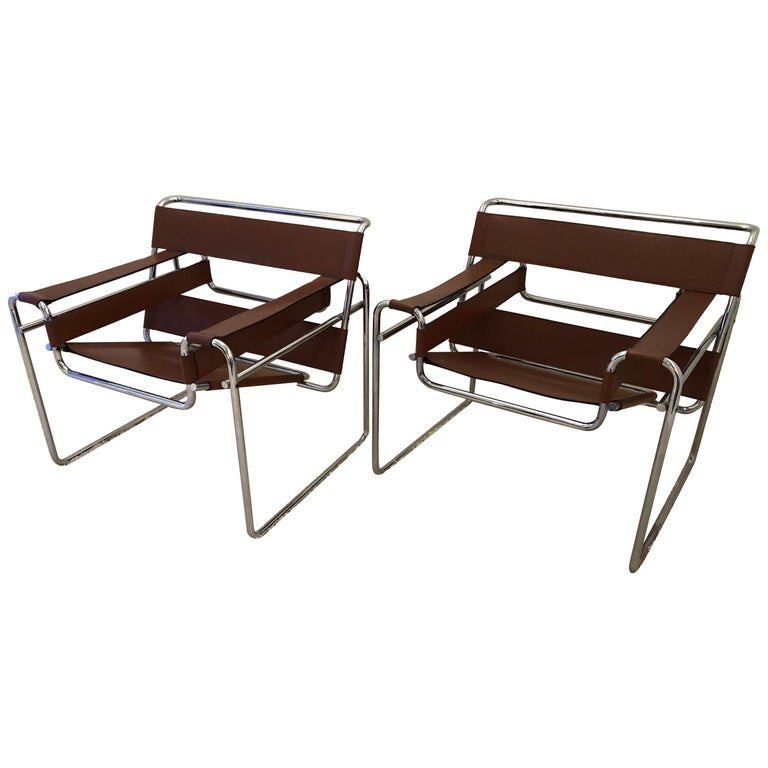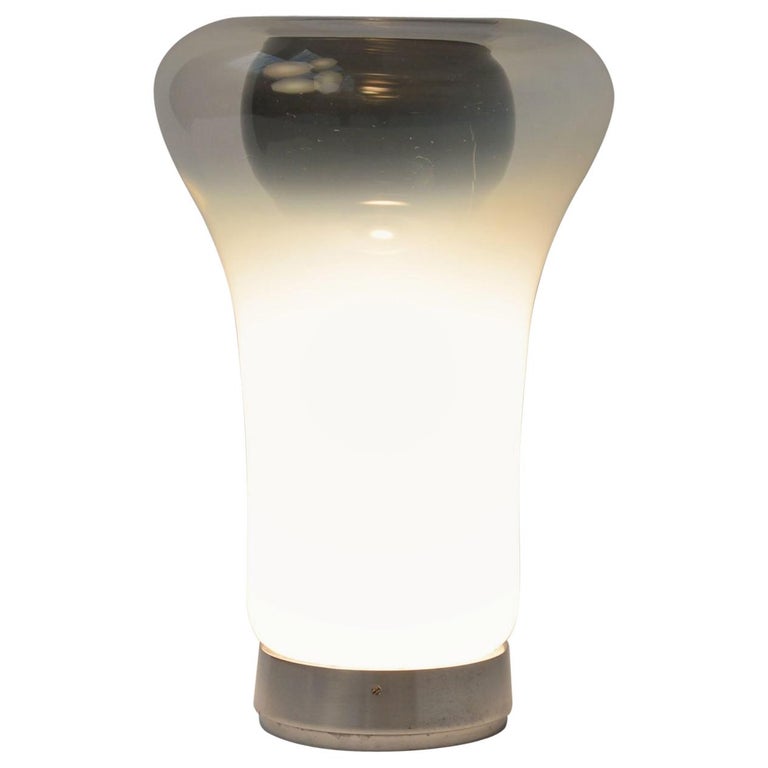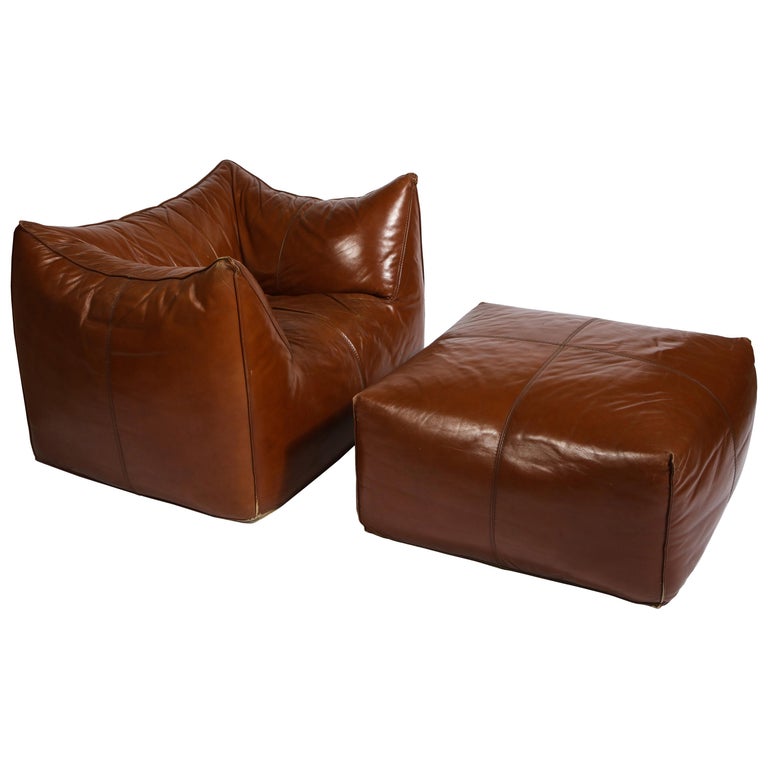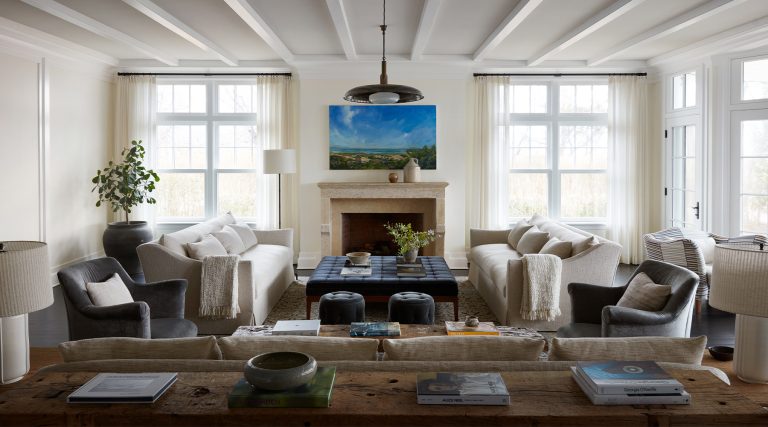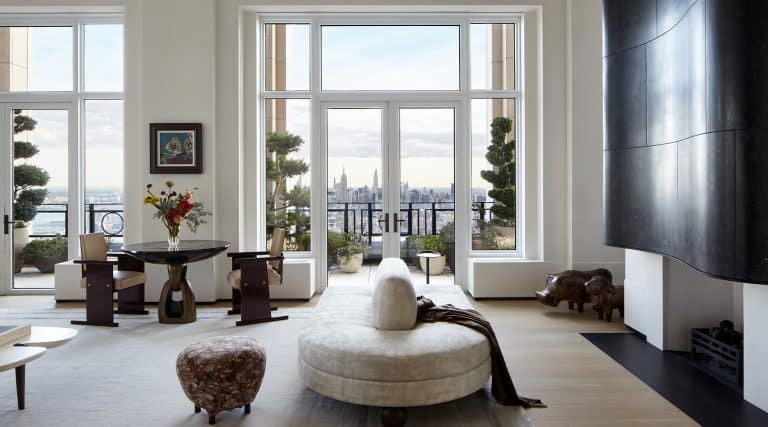
May 17, 2020“I always say about the interior design business that when it’s good, it’s really, really good, and when it’s bad, it’s still pretty good,” proclaims New York–based decorator William McIntosh. “What a great field — we’re designing all this stuff, and we get to see it become reality.” Since setting up his own practice three decades ago, McIntosh has gleaned such satisfaction from a host of stellar commissions. They include expansive residences in Miami, Palm Beach, San Francisco and London, as well as work in a number of Manhattan’s most illustrious buildings — 432 Park, the Plaza, the Puck Building and Herzog & de Meuron’s 160 Leroy Street.
Whatever the setting, McIntosh’s approach remains remarkably consistent. His interiors are unashamedly luxurious, and they display an almost fanatical attention to detail. For him, that’s the best part. “I really get into the minutiae of a desk or a door or a floor,” says the designer, adding that he also likes to introduce an element of surprise. “My clients tend to like a little Wow!” he explains.
A perfect example is presented by a Beaux Arts–style townhouse in Brooklyn’s Gravesend neighborhood that he designed with architect Warren Meister. The clients, a professional couple with four young children, wanted decor that evoked a Parisian apartment, a look he achieved by way of such items as a pair of original French Art Deco armchairs, in the living room, and custom elements inspired by the work of Jean-Michel Frank and Émile-Jacques Ruhlmann. They expressed, as well, a very specific desire for a red dining room. McIntosh responded to that brief by wrapping the space in a vermilion cut velvet.

The home also exemplifies his penchant for installing architectural detailing in sync with either the period or the style of the building. “My approach is that you have to get the backgrounds correct,” he says. “You have to get the correct moldings, the correct doors.” (Case in point here: the picture moldings and pilasters in the living room.) Then, he makes what he calls “surgical insertions,” adding elements reflecting the fashions of the ensuing decades. “It’s as if the house’s previous owners made changes as other aesthetics came into fashion.” The most dramatic illustration of this in the townhouse is an Art Deco stair railing reminiscent of the work of the celebrated French ironworker Edgar Brandt.
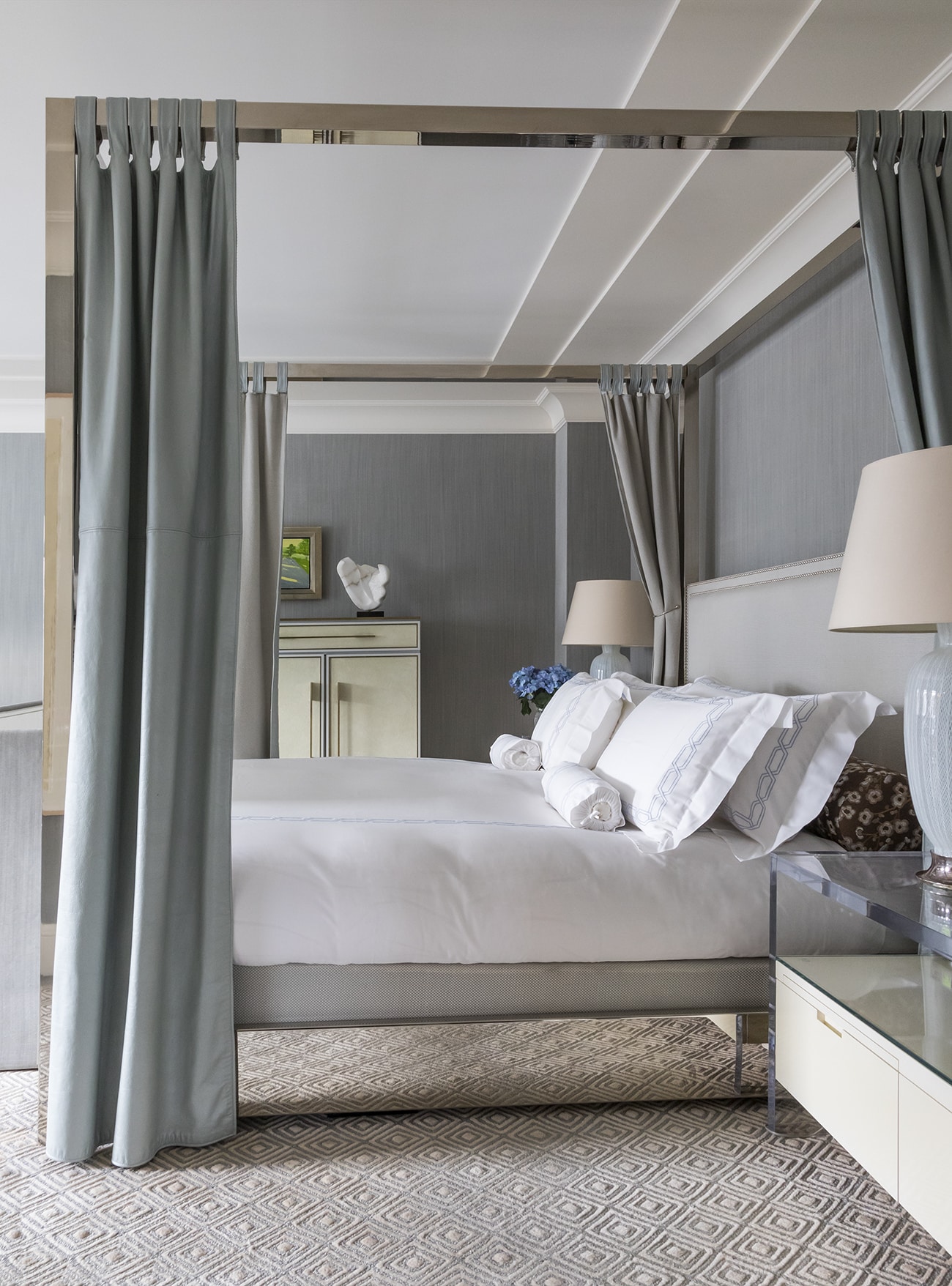
McIntosh was born in Syracuse, New York. His father worked as an engineer for an insurance company; his mother was a hospital administrator. He recalls being “a very aspirational kid.” He’d often walk over to the town’s better neighborhoods and stare at the houses. He also realized at an early age that his time in Syracuse would be temporary, though he says it was a great place to grow up.
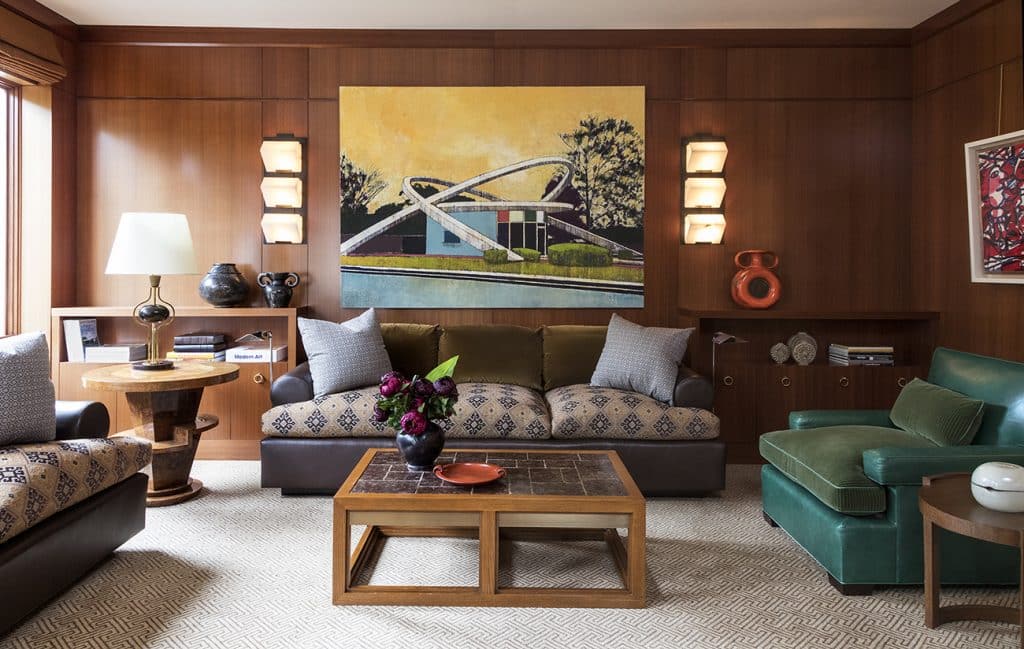
McIntosh left to study interior design at Brooklyn’s Pratt Institute. After graduating, in 1980, he honed his craft over the next decade at two influential New York firms. He spent a year in the studio of Timothy MacDonald, who had been Angelo Donghia’s right hand, and then moved to Bray-Schaible. “Their minimalist interiors were the epitome of New York sophistication,” McIntosh recalls. “Their work was really landmark.”
He set up his own solo practice in 1990. Today, his studio, located near the Flatiron Building, counts among its seven members a recently appointed creative director: McIntosh’s husband, designer Martin Raffone, who previously ran his own home decor store in Marrakech and worked for B Five Studio in Manhattan.

“We never wanted to work together,” insists McIntosh. “We didn’t think it was a good idea to be in each other’s hair.” That changed last year when Raffone filled in for one of the studio’s designers, who was on sick leave. “We realized we didn’t mind being together all day and then going home together,” says McIntosh, noting that among Raffone’s strengths is his mastery of color and material. “Those are his areas in the work we’re doing now.”
One of their current commissions — a ground-up house in Brooklyn designed by architect John Ike, of Ike Kligerman Barkley, and inspired by Villa Necchi Campiglio, Piero Portaluppi‘s Art Deco masterpiece — exemplifies McIntosh’s love of jobs with a history or narrative. “The most successful projects are the ones where you can hook onto an idea,” says McIntosh. And that’s true for him regardless of the style. “I could live in an ornate palace or in Philip Johnson’s glass box. It all talks to me in some way.”
Still, some projects provide scant context with which to play. That was the case with a three-bedroom unit he decorated for a businessman, his wife and their five children on the 63rd floor of Manhattan’s tallest residential tower, 432 Park. Despite being by Rafael Viñoly, the building’s rather spare, contemporary and newly completed architecture didn’t offer much in the way of context. His clients bought the place solely for entertaining (they live elsewhere in Manhattan), and they gave him substantial creative freedom. McIntosh used that liberty to endow the apartment with a mid-century modern vibe, which produced the warm atmosphere the owners desired while also adding a sense of history. He installed pale bleached oak frames around the picture windows and introduced a pair of Jean Royère armchairs as well as a plethora of custom furniture designs, including twin dining tables that seat up to 16 and a zebra-wood-framed convex mirror. He also created built-in bar shelving and concealed it behind a split canvas by Los Angeles–born graffiti artist Retna that opens at the touch of a button. A raised leather-covered platform in the living room serves as a perfect perch from which to enjoy the city views.

Another of McIntosh’s projects — a two-bedroom pied-à-terre on the Upper East Side — presented challenges stemming from the building’s low ceilings. He responded by adopting a very minimal and almost sculptural approach. “I felt it needed to be clean and unfussy,” he explains. One of the nicest touches is a wall in the dining area. Clad with panels upholstered in a subtle damask fabric, it provides a subtly elegant backdrop for a custom table surrounded by Jules Leleu chairs, over which McIntosh hung a Lindsey Adelman chandelier. A 10-foot-long, brightly colored James Rosenquist painting provides a dose of visual drama in the living room, otherwise outfitted in neutral-hued custom-made pieces. The artwork also caused a few stressful moments: “We had to walk it up the stairs, and it fit through some doorways by a hair,” recounts the designer.
Such hair-raising moments do nothing to dull McIntosh’s enthusiasm for and appreciation of his profession. And there’s one moment in every job he particularly cherishes. “I really like the first time you sit down with a floor plan and get those first glimpses of where a project may go,” he says. “That’s still my favorite part. It’s so very satisfying.”
